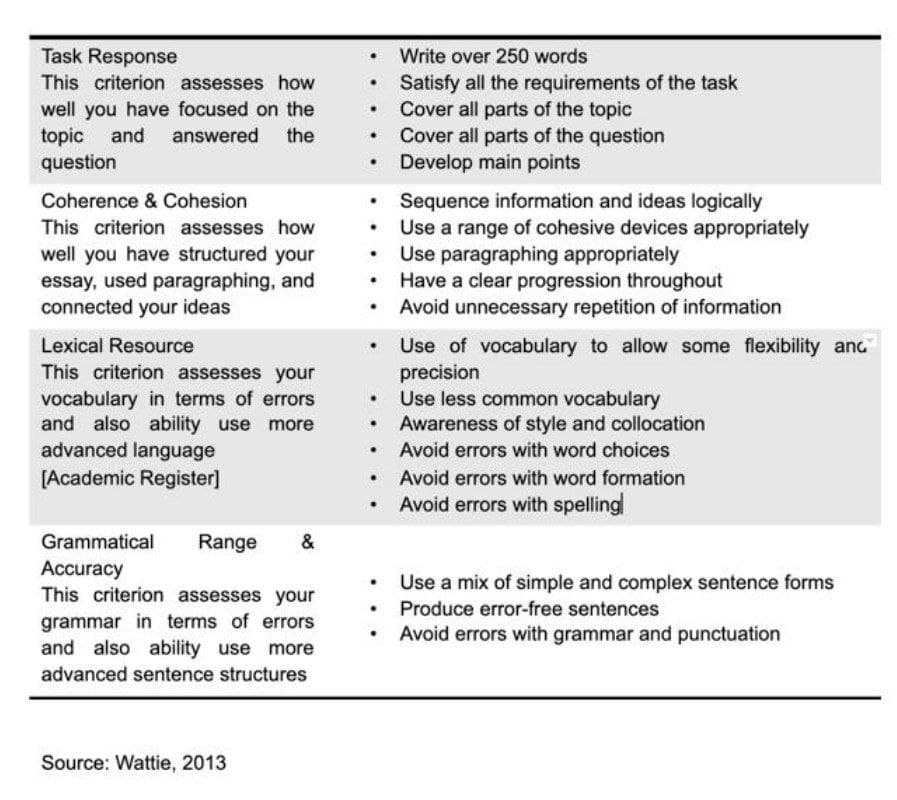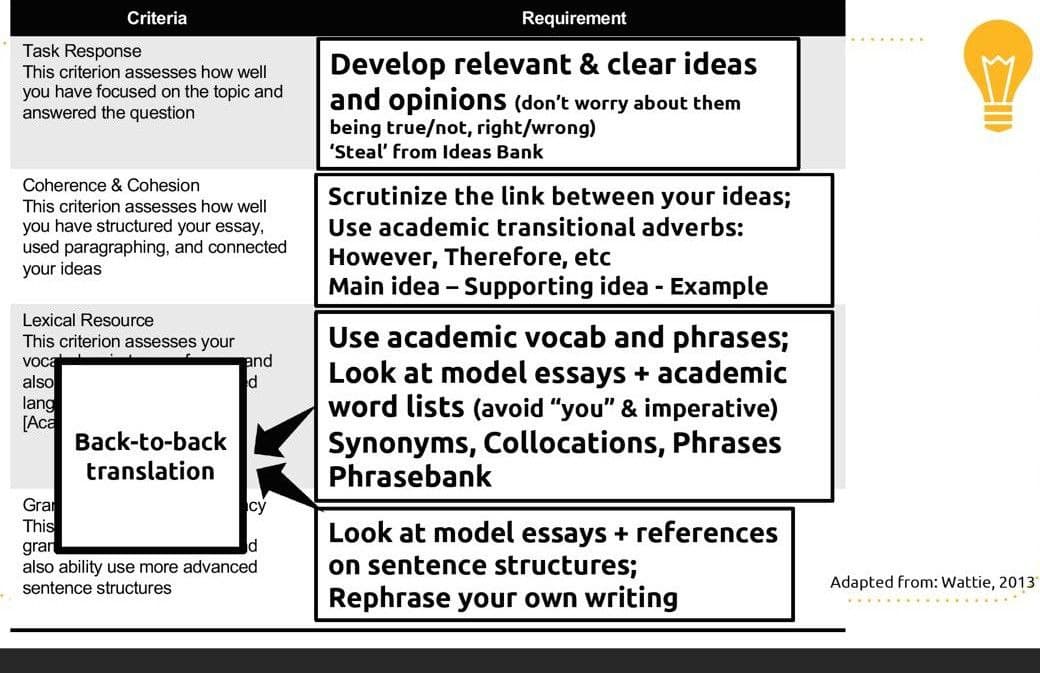WEEK 1
DAY 1 START
Welcome Speech
Assalamualaikum, Hi everyone!! Hope you’re all doing well 😄
Bismillahirrohmaanirrohim. I’ll be rolling out the program’s contents today after lunch, and you can start learning and working on the contents straightaway!
Again, it’s a flexible program, so you can go through the contents any time you can, and actually you can work on several days worth of contents in one day if your schedule allows you to do so. However, I’ll be posting one or several topics per day, and you can complete them in about 30 minutes to 1 hour per day. That way, I hope that the bite sized lessons, consistency, and flexibility can help you make much progress effortlessly. To make it easier, I will label each day’s contents with the title DAY 1, DAY 2, until DAY 30 (or whatever, it depends on the circumstances later on), so that it’s easy for you to navigate the contents especially when you happen to skip some days or want to work several hours over the weekend. You can then use the Search function to go straight to the Day that you’re looking for without having to scroll up too much.
Some tips:
- Prepare a notebook and pen/pencil to take notes and such while you go through the contents.
- Leave a Comment under a post if you have any questions. Your comment will appear in the Channel AND the Group, and when you reply to my reply, please leave another Comment in the Channel (NOT the Group, unless I instruct you otherwise).
- You can view all the Channel’s contents via mobile phone, laptop/PC, and tablet. Please check the title at the top to see whether you’re accessing the Channel or the Group. RALAT: Guys, ternyata bisaa lihat Comments/Discussion via laptop/PC (Telegram Web/Desktop) hehehe. Di samping kanan judul postingannya ada icon Comments, tinggal diklik. Mantab ya alhamdulillah~
- Please take care of your health and take note of your energy levels each day! In my experience these will affect our concentration, cognition and such, and in turn impact our progress. I pray that we all be given health and ability to maximize our preparation for the IELTS test that may happen very soon 😊 Aameen.
A reminder that starting next week you can book private Zoom sessions (if you need verbal feedback/discussion) at an additional price of Rp 200k per session, which includes 4 essays, but if there’s no suitable time slot for you then I’ll refund the discount of Rp 25.000 to you, and you’ll still receive the full written feedback of the essays.
Before I post the main content, I am posting the sequence of the Topics List of this program, or the SYLLABUS, below this post. This is just a general indication, however, and the order can be modified if necessary. It’s just so that you have an idea of what each week’s content will be like.
All righty, I am very excited to commence the program and work with you! I look forward to seeing your progress and I hope you enjoy your learning!
SYLLABUS
A. WRITING TASK 2
Writing up an argumentative or discussion essay about a specific topic.
✳️ Overview
- General description
- The types of questions
- The common topics
- General tips and strategies
✳️ Planning the Content in a Writing Task 2 response: Task Response and Cohesion and Coherence for each type of question
✳️ Writing up your Writing Task 2 response: Lexical Resource and Grammatical Range and Accuracy for each type of question
B. WRITING TASK 1
Writing up a summary of a graph or diagram, by selecting the important features and comparing and contrasting the given data or features.
✳️ Overview
- General description
- The types of graphs/diagrams
- General Tips and Strategies
✳️ Understanding the graph/diagram, selecting the features, and organizing the content: Task Achievement and Cohesion and Coherence for each type of question
✳️ Writing up your Writing Task 1 response: Lexical Resource and Grammatical Range and Accuracy for each type of question
C. FURTHER PRACTICE
Using more topics 😄 I will select several topics and sample answers based on the level of ‘difficulty’ and the potential variety of language that we can learn.
BONUS: Practice the Computer-based IELTS test online here https://ielts.com.au/computer-delivered-ielts/how-computer-delivered-ielts-works/
NOTE For contents A and B, I will use example topics and good sample answers to help you understand the process step-by-step, sentence by sentence. You will also learn the common academic vocabulary and grammar first, specific to the example topics that we use, to establish a strong basic foundation for Task 1 and Task 2 before we move on to learning more variations in terms of vocabulary and grammar that may help you reach a higher score (6.5+) over the next few weeks.
Also, I will sometimes refer these Tasks as Task 1 and Task 2 or using the abbreviations WT1 and WT2.
Most of the contents posted in this Channel will also be available in PDF form later on, and I will let you know when the PDF is ready for download.
DAY 1 START
WRITING TASK 2
Overview of Writing Task 2
There are two tasks or essays that we have to write in the IELTS: Writing Task 1 and Writing Task 2. Kita bahas Writing Task 2 dulu karena basic conceptsnya lebih sedikit dan lebih simpel ya. Tapii variasi kosa kata dan grammarnya tentunya lebih banyak daripada Writing Task 1, tapi kita akan masuk ke tahap tsb nanti yaa setelah topik2 yang umum tentang WT2 dan WT1 udah lewat.
Di WT2, kita menulis essay minimal 250 kata dalam 40 menit, yaa target sekitar 260an kata, berupa argumentasi atau pembahasan 2 sisi mengenai suatu isu, misalnya tentang Education, Environment, Health, Space Exploration, dan lain2. Ada banyak banget ya topiknya, nanti ada daftar topik yang pernah keluar di tes resmi.
Selain itu, essay kita itu harus menjawab 1-2 pertanyaan, dan kalau ada pertanyaan yang ngga terjawab, otomatis nilainya akan beda yaaa. Terus, penjelasannya juga harus runut/sistematis, dan isinya juga harus sesuai topik. Kalau ada kalimat yang engga relevan dengan topik ataupun pertanyaan yang diberikan, akan ngaruh ke nilai juga. Ohya, kalau kita nulis kurang dari 250 kata, kena penalti juga ya, dan biasanya nilai Writingnya 5.5 ke bawah.
Secara umum, hal-hal di atas akan berpengaruh di kriteria nilai yang namanya Task Response (TR). Kemudian, cara kita membagi paragraf dan menghubungkan setiap kalimatnya dengan penggunaan kata2 tertentu akan menjadi nilai aspek Cohesion and Coherence (CC). Dan pastinya untuk bahasa yang dipakai, dari segi ketepatan kosa kata, variasi kosa kata, it di aspek Lexical Resource (LR). Secara umum kosa kata nya harus akademik/formal ya, nilainya akan beda kalau gini. Terakhir, tata bahasa atau grammar yang tepat dan bervariasi, di aspek Grammatical Range and Accuracy (GRA). Semakin banyak kalimat yang error-free, semakin tinggi nilainya. Masing2 aspek atau kriteria penilaian tersebut akan dinilai dari Band atau Score 0, 1.0, 2.0, hingga 9.0. Kemudian nanti nilainya dirata-ratakan.
Jadi ada 4 kriteria penilaian: TR, CC, LR, GRA. Nanti deskripsi lengkap untuk kriteria penilaiannya aku share ya, tapi singkatnya seperti ini:
Task Response – 250w; ideas are well developed Coherence & cohesion – good paragraphing, sequences information logically sentence by sentence Lexical Resource – formal/academic, appropriate & accurate, wide range, no misspellings, style & collocations Grammatical range & accuracy – wide range of structures, accurate grammar (error-free), no punctuation errors Program kita & future feedback untuk latihan writing individual kalian nanti are based on this ya.
Bobot nilai WT2 ini 2/3 dari keseluruhan nilai Writing kita yah. Jadi kalau ada yang kurang2, penaltinya jadi dobel, hahahah.
Untuk WT2 ini, anggaplah kita lagi persiapan nulis essay untuk tugas kuliah nanti, tapi ini versi singkat dan sangat basic (nanti essay untuk tugas kuliah sebenarnya banyak bedanya, dan persiapannya juga khusus. Tapi kita fokus IELTS dulu untuk sekarang. Kalau udah lolos IELTS nya, baru lah ikut persiapan Academic English yaah). Selain itu, Discussion section di Research Papers gitu juga mirip WT2.
Pada dasarnya, essay WT2 kita ada 3 komponen wajib:
Introduction paragraph (1 aja, 2-3 kalimat) Body paragraphs (2-4 paragraf, masing2 bisa 3-5 kalimat) Conclusion (1 aja, 1-2 kalimat aja)
Lebih jauhnya lagi, atau spesifik nya lagi, akan bervariasi tergantung topiknya apa dan pertanyaannya kayak gimana, tipe pertanyaannya yang mana. Tapi kalau ada komponen yang kurang atau ngga ada, itu ngaruh yah ke nilai. Biasanya jd di bawah 6.0 😂


TYPES OF QUESTIONS
Ada pernyataan atau issue kemudian ada pertanyaan di bawah ini:
Type 1 – Agree/Disagree (To what extent) do you agree or disagree?
Type 2 - Problems/Causes/Solutions What problem does this cause? What are the causes of this problem? What are the effects of XYZ? What are some solutions? What are other measures? *measure(s) = solution
Yang Type 2 ini sebenarnya 3 tipe pertanyaan masing2 yah. Cuman mereka itu sering digabung, jadi misalnya:
Issuenya blablabla What are the causes? What are the solutions? atau Issuenya blablabla What problems does this cause? What are the measures to solve this? dsb
Type 3 – Both sides + own opinion Discuss both sides/views and give your own opinion.
Type 4a - Advantages/Disadvantage What are the advantages and the disadvantages?
Type 4b – Advantage/Disadvantage Do you think the advantages outweigh the disadvantages?
Type 5 - Direct Question Why do you think people do X? What are the factors? Is this a positive or negative development? dan lainnya. Tapi biasanya yang di atas ini.
Kadang pertanyaannya dicampur, misalnya Type 1 and Type 2 digabung untuk 1 topik.
10 Most Common Topics
There are 10 general topics that come up more often than all of the rest put together. They are:
Health Environment Education Development Globalisation Public Transport Criminal Justice Youth Crime Technology Government Spending
source: IELTS Advantage, accessed 26 July 2021